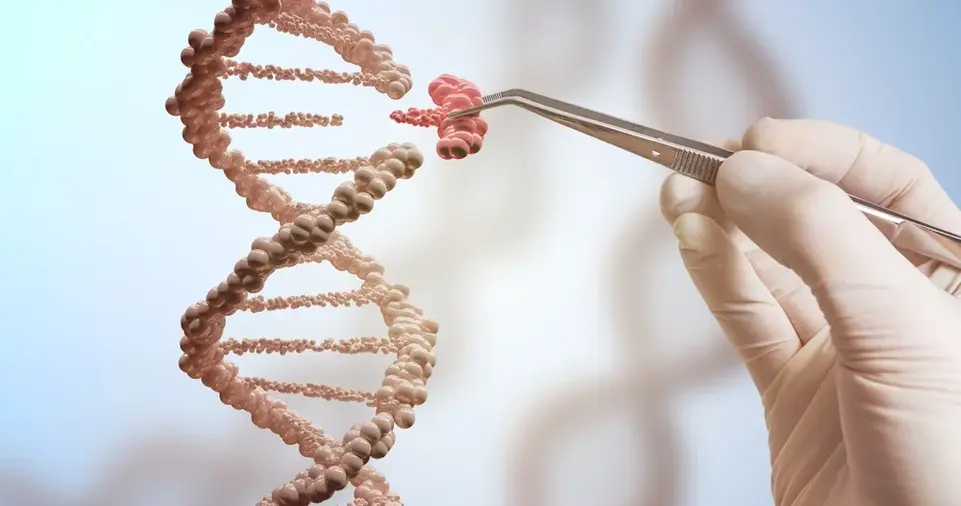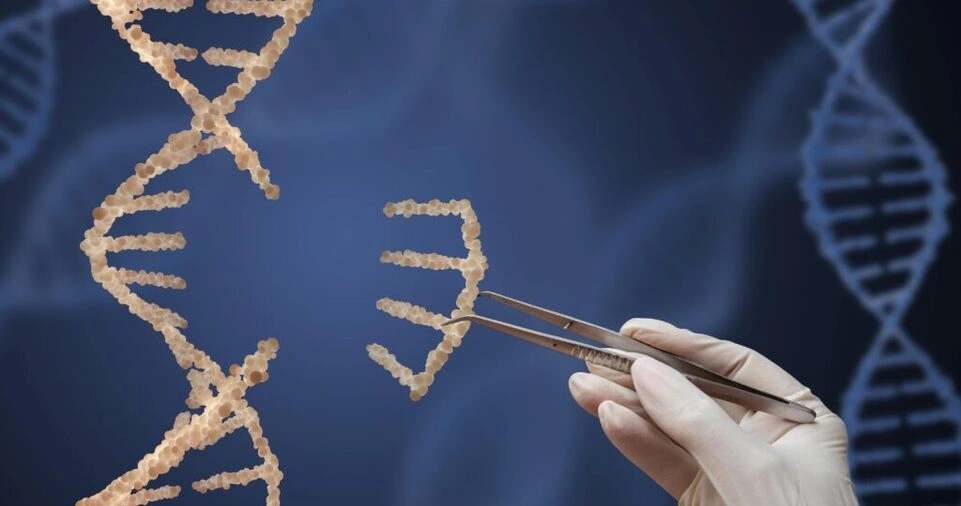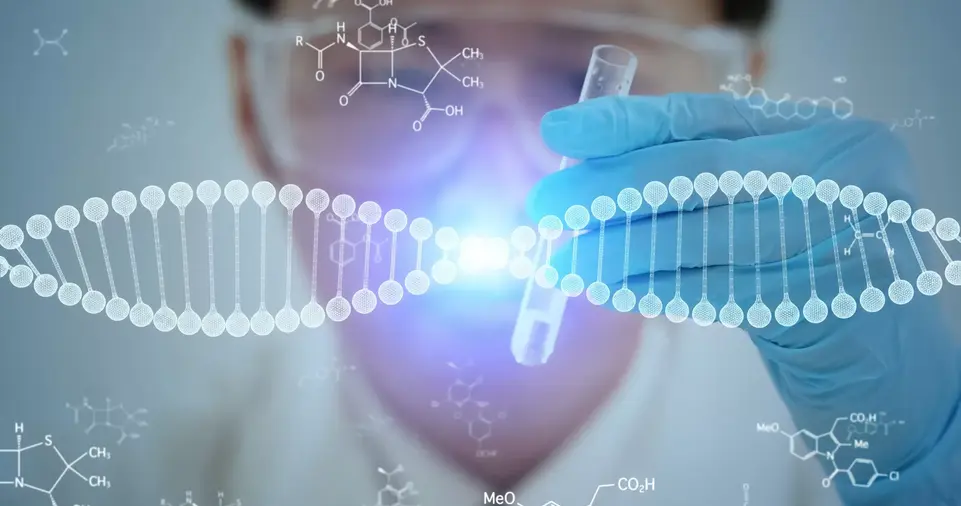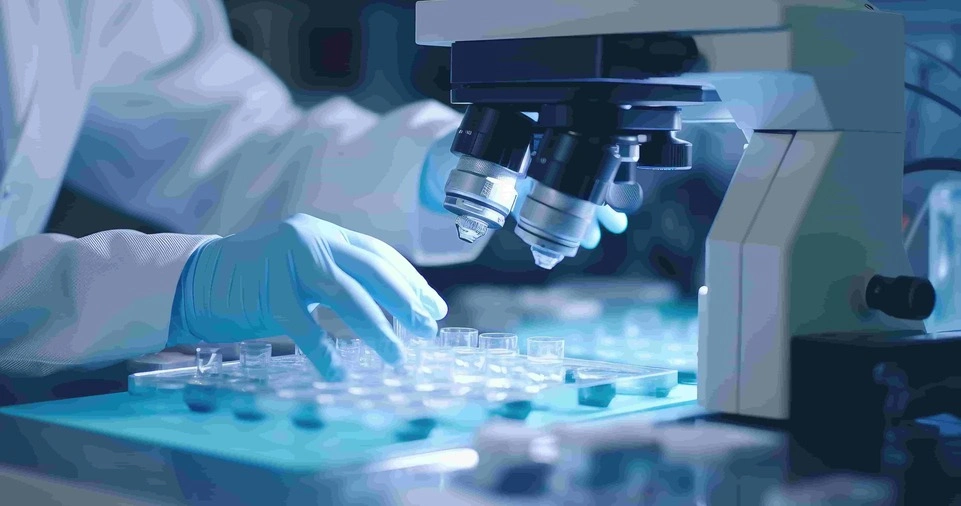CRISPR (Clustered Regularly Interspaced Short Palindromic Repeats) represents one of the most groundbreaking advancements in modern science, with profound implications for biology, medicine, and agriculture.
This revolutionary gene-editing tool enables precise and efficient alterations to DNA sequences, fundamentally changing the way scientists approach genetic research and therapeutic interventions.
Originating as a natural defense mechanism in bacteria, CRISPR has been adapted by scientists into a versatile technology with applications ranging from curing diseases to enhancing agricultural productivity.
Its potential is immense, but to appreciate its transformative power fully, it’s essential to understand its foundational principles.
This comprehensive guide explores how CRISPR works, its key components, applications, advantages, challenges, and ethical implications, equipping you with a thorough understanding of this cutting-edge technology.
What Is CRISPR Technology?

CRISPR technology is a revolutionary tool that allows scientists to edit genes with unprecedented precision. It draws inspiration from a natural immune mechanism found in bacteria.
When bacteria are attacked by viruses, they capture snippets of the viral DNA and store them in their own genome within structures called CRISPR arrays.
These arrays act as a genetic memory, enabling the bacteria to recognize and defend against future infections by the same virus.
When the same virus attacks again, the bacteria produce RNA from the CRISPR sequences, which guides specialized proteins like Cas9 to identify and destroy the viral DNA.
Scientists have adapted this natural system to edit the DNA of other organisms, including humans.
What sets CRISPR apart is its precision and efficiency.
Scientists can design a guide RNA (gRNA) to target specific genes, allowing for precise modifications, such as deactivating faulty genes, correcting genetic mutations, or introducing new genetic material.
Compared to older genetic engineering methods, CRISPR is faster, more cost-effective, and highly accurate, making it a transformative tool in genetic research and medicine.
How CRISPR Works
The CRISPR gene-editing process involves three main steps: identifying the target DNA, cutting the DNA, and repairing it.
Each step plays a crucial role in the overall process, and understanding these steps is key to grasping how CRISPR functions.
Step 1: Identifying the Target DNA
The first step in the CRISPR process is identifying the specific DNA sequence to be edited. Scientists design a guide RNA (gRNA) tailored to match the target sequence.
The gRNA consists of two key components:
- Spacer Sequence: This part is complementary to the target DNA sequence, enabling it to bind precisely to the desired location.
- Scaffold Sequence: This part binds to the Cas9 protein, facilitating the editing process.
The ability to create highly specific gRNAs ensures that CRISPR targets only the intended DNA sequence, minimizing the risk of off-target effects.
This precision is especially critical in applications like gene therapy, where accuracy is paramount.
Step 2: Cutting the DNA
Once the gRNA locates the target DNA, it binds to it, guiding the Cas9 protein to the correct location.
Acting as molecular scissors, the Cas9 protein creates a double-strand break in the DNA at the specified site.
This targeted cutting mechanism is both efficient and precise, ensuring minimal disruption to other parts of the genome.
Step 3: Repairing the DNA
After the DNA is cut, the cell’s natural repair mechanisms come into play.
Scientists can harness these repair processes to achieve different outcomes:
Non-Homologous End Joining (NHEJ):
In this process, the broken DNA ends are directly joined, which can introduce small insertions or deletions that effectively disable the target gene.
Homology-Directed Repair (HDR):
This process uses a donor DNA template provided by scientists to introduce specific changes, such as correcting a mutation or adding new genetic material.
By carefully designing the gRNA and providing a donor template when needed, researchers can achieve highly precise genetic modifications, enabling a wide range of applications.
Key Components of CRISPR Technology

To fully understand CRISPR, it’s essential to familiarize yourself with its core components:
Guide RNA (gRNA)
The gRNA is a critical component that directs the CRISPR system to the target DNA sequence. Its design and specificity are crucial for ensuring accurate edits.
Cas9 Protein
The Cas9 protein is the molecular scissors that cut the DNA at the target site. Variants like Cas12 and Cas13 are being developed to expand CRISPR’s capabilities, including editing RNA instead of DNA.
Target DNA
The target DNA is the specific sequence or gene that scientists aim to modify. Identifying and targeting the correct DNA sequence is essential for the success of the CRISPR process.
Donor Template
When precise changes are required, scientists provide a donor DNA template to guide the cell’s repair machinery during the homology-directed repair process.
Applications of CRISPR Technology
CRISPR’s versatility has led to groundbreaking applications across multiple fields, from medicine and agriculture to environmental science and fundamental research.
Here are some of its most notable applications:
Medicine
- Gene Therapy: CRISPR is being used to treat genetic disorders such as sickle cell anemia, cystic fibrosis, and muscular dystrophy by correcting mutations in the DNA.
- Cancer Treatment: Researchers are developing CRISPR-based therapies to target and destroy cancer cells more effectively.
- Infectious Diseases: CRISPR can help develop treatments for viral infections like HIV and COVID-19 by targeting and disabling viral DNA.
Agriculture
- Improved Crops: CRISPR is used to create crops with higher yields, enhanced nutritional content, and resistance to pests and diseases.
- Climate Resilience: Scientists are engineering crops that can withstand extreme weather conditions, such as droughts and floods, ensuring food security in the face of climate change.
Research
- Functional Genomics: CRISPR enables researchers to study the roles of specific genes by deactivating them and observing the resulting effects.
- Drug Development: By editing cell lines, scientists can create better models for testing new drugs, accelerating the drug discovery process.
Environmental Science
- Gene Drives: CRISPR can be used to control invasive species or combat vector-borne diseases like malaria by editing the genomes of mosquitoes or other vectors.
Advantages of CRISPR

CRISPR offers numerous advantages that make it a preferred tool for genetic research and applications:
Precision
CRISPR’s ability to target specific DNA sequences ensures minimal off-target effects, making it highly reliable for both research and therapeutic purposes.
Cost-Effectiveness
Compared to older gene-editing technologies, CRISPR is relatively inexpensive, making it accessible to a broader range of researchers and institutions.
Speed
The CRISPR process allows scientists to edit genes within weeks, a significant improvement over traditional methods, which could take months or even years.
Versatility
With various Cas proteins and modifications, CRISPR can be adapted for diverse applications, from DNA editing to RNA targeting and beyond.
Challenges and Ethical Considerations
While CRISPR holds immense potential, it also presents significant challenges and ethical concerns that must be addressed:
Technical Challenges
- Off-Target Effects: Despite its precision, CRISPR can sometimes edit unintended regions of the genome, leading to undesired consequences.
- Delivery Methods: Ensuring that the CRISPR system reaches the correct cells in the body remains a major hurdle for many applications.
Ethical Concerns
- Human Germline Editing: The prospect of editing human embryos raises ethical questions about unintended consequences and the potential for designer babies.
- Equity and Access: Ensuring that CRISPR-based therapies are accessible to all, regardless of socioeconomic status, is a major challenge.
Learning More About CRISPR
To deepen your understanding of CRISPR, consider exploring the following resources:
Online Courses
Platforms like Coursera, edX, and Khan Academy offer comprehensive courses on CRISPR and related topics in genetics.
Scientific Journals
Stay updated on the latest research by reading journals like Nature, Science, and Cell, which frequently publish groundbreaking studies on CRISPR technology.
Books
Books such as The CRISPR Revolution and A Crack in Creation provide in-depth insights into the science, history, and implications of CRISPR.
Hands-On Workshops
Many universities and research institutions offer workshops that provide hands-on experience with CRISPR technology, allowing participants to learn directly from experts in the field.
Last Words!
By understanding the basics of CRISPR, its mechanisms, and its wide-ranging applications, you can appreciate the transformative potential of this technology.
Whether you’re a student, researcher, or enthusiast, CRISPR represents a frontier of science that continues to push the boundaries of what is possible in genetics and beyond.


